ABOUT THE AUTHORS
Howard Kazanjian is an author and award-winning producer and entertainment executive who has been producing feature films and television programs for more than twenty-five years. While vice president of production for Lucasfilm Ltd., he produced two of the highest- grossing films of all time: Raiders of the Lost Ark and Star Wars: Return of the Jedi . He also managed production of another top-ten box office hit, The Empire Strikes Back . Some of his other notable credits include The Rookies , Demolition Man , and the two-hour pilot and first season of JAG .
Chris Enss is a New York Times best-selling author who has been writing about women of the Old West for more than a dozen years. She has penned more than thirty published books on the subject. Her book titled Object Matrimony: The Risky Business of Mail-Order Match-making on the Western Frontier won the Elmer Kelton Award for best nonfiction book of 2013. Ensss book Sam Sixkiller: Cherokee Frontier Lawman was named Outstanding Book on Oklahoma History by the Oklahoma Historical Society. She received the Spirit of the West Alive award, cosponsored by the Wild West Gazette , celebrating her efforts to keep the spirit of the Old West alive for future generations.
MA BARKER
A T W O D O T B O O K
An imprint and registered trademark of Rowman & Littlefield
Distributed by NATIONAL BOOK NETWORK
Copyright 2017 by Howard Kazanjian and Chris Enss
All rights reserved. No part of this book may be reproduced in any form or by any electronic or mechanical means, including information storage and retrieval systems, without written permission from the publisher, except by a reviewer who may quote passages in a review.
British Library Cataloguing-in-Publication Information available
Library of Congress Cataloging-in-Publication Data available
ISBN 978-0-7627-9631-1 (pbk.)
ISBN 978-1-4930-2586-2 (e-book)
 The paper used in this publication meets the minimum requirements of American National Standard for Information SciencesPermanence of Paper for Printed Library Materials, ANSI/NISO Z39.48-1992.
The paper used in this publication meets the minimum requirements of American National Standard for Information SciencesPermanence of Paper for Printed Library Materials, ANSI/NISO Z39.48-1992.
For Mr. Hoover & his G-Men
FOREWORD
THE ONE-WAY STREET IS THE ONLY ROUTE THE GANGSTER TAKES, AS readers will be reminded in Howard Kazanjian and Chris Ensss compelling new book about one of the most notorious criminal families of the gangster era, the Barkers.
Ma Barker and her brood terrorized cities from Chicago to Reno, perpetrating crimes and running from the law until it all ended for them in a brutal gun battle at a two-story house in Ocklawaha, Florida. The Ma Barker house and the Albright family, of which I am a proud member, seem to have a mutual attraction for each other. This attraction started on January 16, 1935, when more than a dozen FBI agents descended on the quiet little town of Ocklawaha, Florida, on Lake Weir, hot on the trail of the Barker-Karpis Gang. My grandfather, then twenty-seven-year-old George J. Albright Sr., was getting his mail on the other side of Lake Weir, in the equally small town of Weirsdale. The post office was abuzz with word that all hell was breaking loose in Ocklawaha.
My grandfather, always the inquisitive one, immediately hopped in his car and made the five-mile drive from Weirsdale to Ocklawaha. Once there he found the roads blocked, so he parked and went on foot toward the middle of the town, to the Carson Bradford House, lying directly on the lake. The property was surrounded by FBI agents, so he and the other townspeople settled in behind ancient oak trees to watch the longest gun battle in FBI history! My granddad recalled many times that a spray of machine-gun bullets from the Barkers came his way; he was forced to jump behind an oak tree to avoid being hit, and in the process split his pants from top to bottom. Being the gentleman he was, he walked down to the local hardware store and bought a new pair of pants, then went back to continue watching the melee between the good guys and the bad guys!
Fast-forward to the early 1950s, when my father, George J. Albright Jr., was at the University of Florida. Dad had been three years old at the date of the gun battle. My father was quite involved in student politics and became friends with Betty Bradford, whose family owned the Ma Barker house, and her future husband, Morton Good. This friendship lasted for decades, with my father buying a lake house for our family in 1966 directly next door to the Ma Barker house.
I was ten years old at the time, and the Good family hired me to mow the grass and be the general caretaker for the Ma Barker house, as the family resided in Miami and generally came to the house only in the summer. It was a job I relished, as I thought the whole gun-battle thing was totally cool (and I enjoyed making some spending money).
Fast-forward again to 2016, when my dad is now eighty-four, and I just turned sixty. Dad and I, along with the current family owners of the house and their representative, Carson Good, with whom I grew up, have been working to preserve the property and place it into public hands. In 2015 the FBI visited the house several times. Carson, Dad, and I were there in September of last year, when an FBI agent walked into the house for the very first time since 1935!
As of this date there is no firm plan in place to transfer the property into public hands. However, I am pleased to report that the people who own the house are very committed to historic preservation, and we feel certain the Ma Barker house will be saved for future generations to visit and enjoy.
In the meantime Kazanjian and Ensss engrossing book about Ma and her boys will more than suffice. Step back in time to an era of roadsters and revolvers, of back-alley boarding houses, Model Ts, and Prohibition, and read how far weve come in both crime and punishment.
G EORGE J. A LBRIGHT III, E SQ .
F ORMER REPRESENTATIVE IN THE
H OUSE OF R EPRESENTATIVES
OF THE S TATE OF F LORIDA
ACKNOWLEDGMENTS
THE PREPARATION OF THIS BOOK HAS INCURRED MANY DEBTS TO historical society members, librarians, and archivists. The following organizations and individuals were very helpful at the onset of this work and provided valuable information and expertise until its completion.
Steve Weldon, Jasper County Archivist at the Jasper County Records Center in Carthage, Missouri
Jenny McElroy, Reference Librarian at the Minnesota Historical Society in St. Paul, Minnesota
Ian Swart, Archivist and Curator of Collections at the Tulsa Historical Society and Museum in Tulsa, Oklahoma
Stephanie Sneed, Office Manager at the Sedalia Public Library in Sedalia, Missouri
Liz Moore, Archivist at the Nevada State Library and Archives in Carson City, Nevada
Barry Williams, Fact Check Editor in Phoenix, Arizona
The archivists at the Lansing State Prison in Lansing, Kansas, and the Leavenworth Federal Prison in Leavenworth, Kansas
George Albright, Former Member of the House of Representatives and Current Tax Collector and Barker Family Historian in Marion County, Florida
Erin Turner, Editorial Director at TwoDot Books in Helena, Montana, and the talented, hard-working individuals at Rowman & Littlefield in Guilford, Connecticut
To all of you, a grateful thank you.
INTRODUCTION
IN A TIME WHEN NOTORIOUS DEPRESSION-ERA CRIMINALS WERE terrorizing the country, the Barker-Karpis Gang stole more money than mobsters John Dillinger, Vern Miller, and Bonnie and Clyde combined. Five of the most wanted thieves, murderers, and kidnappers by the Federal Bureau of Investigation (FBI) in the 1930s were from the same family. Authorities believed the woman behind the band of violent hoodlums that ravaged the Midwest was their mother, Kate Ma Barker.




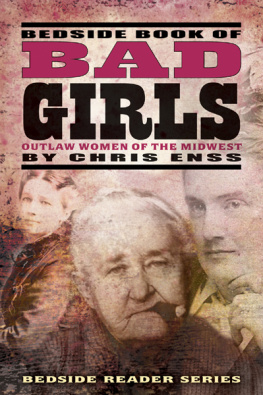
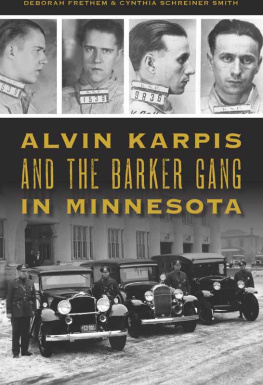

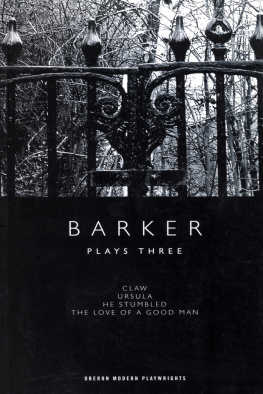
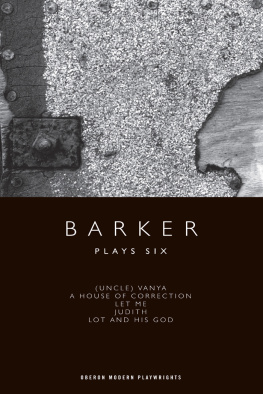
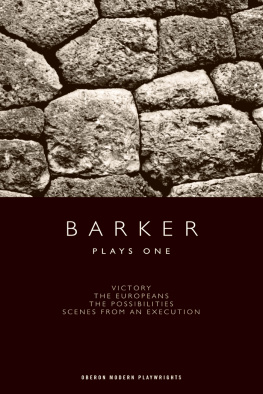
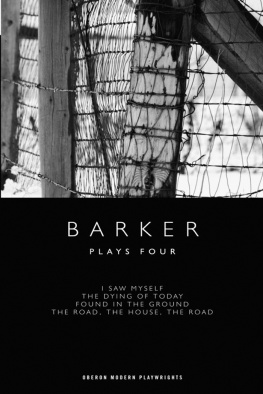
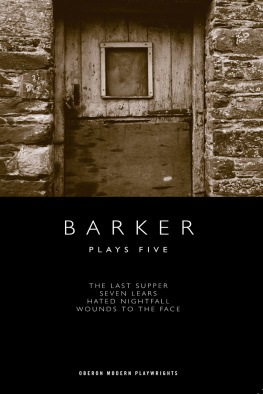
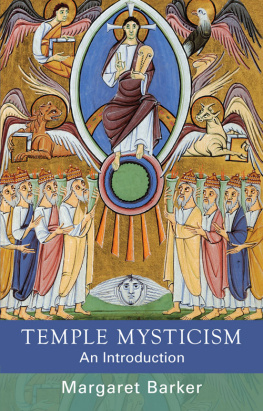
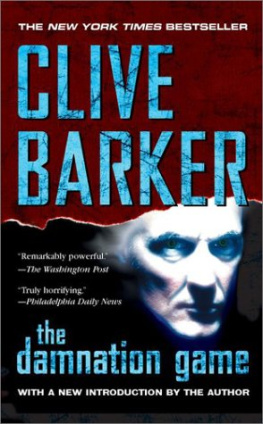
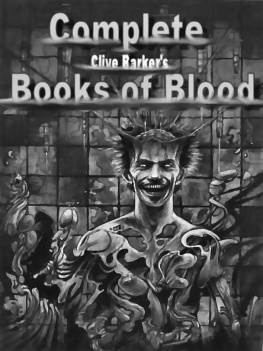

 The paper used in this publication meets the minimum requirements of American National Standard for Information SciencesPermanence of Paper for Printed Library Materials, ANSI/NISO Z39.48-1992.
The paper used in this publication meets the minimum requirements of American National Standard for Information SciencesPermanence of Paper for Printed Library Materials, ANSI/NISO Z39.48-1992.